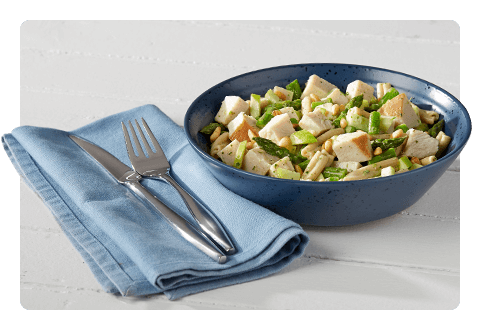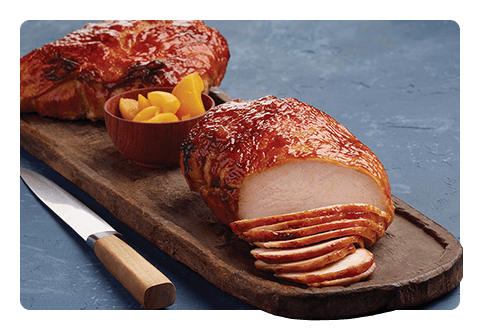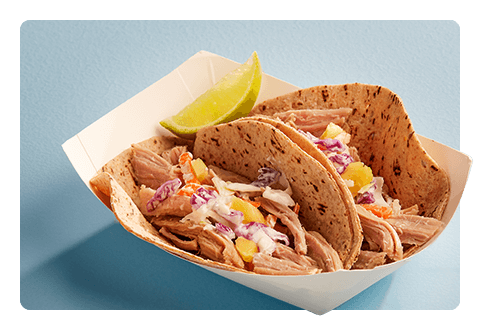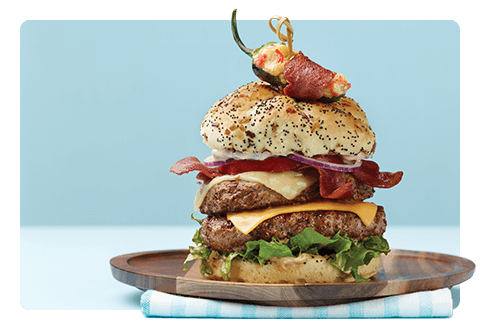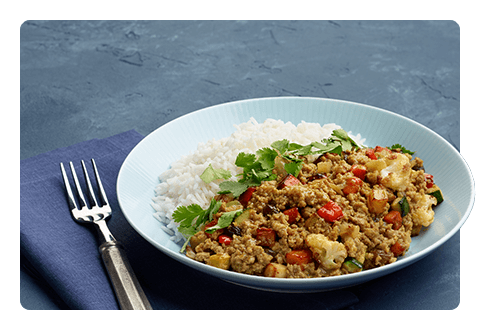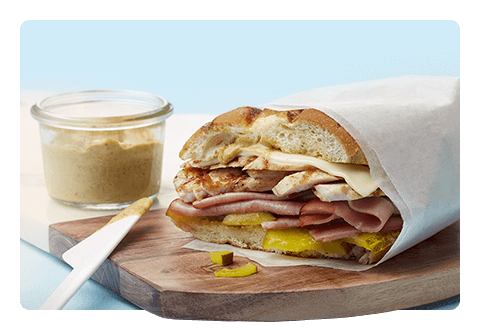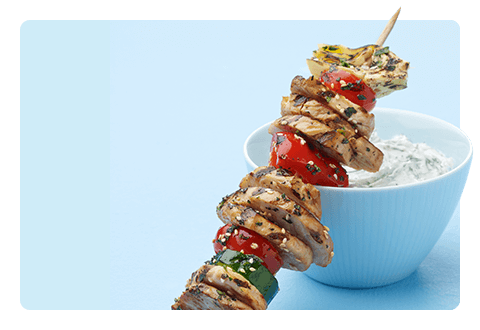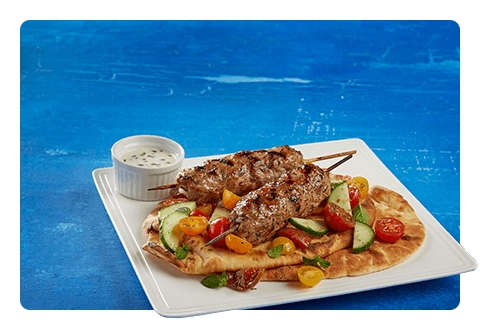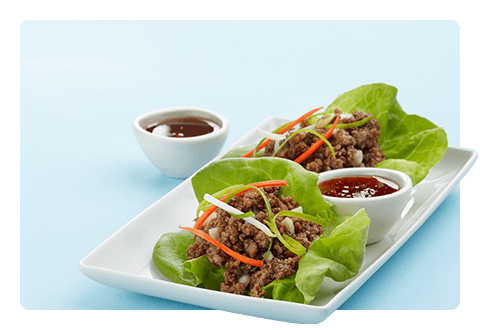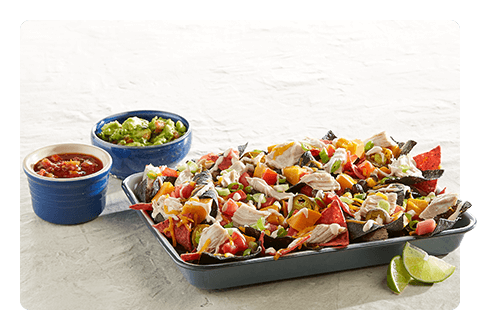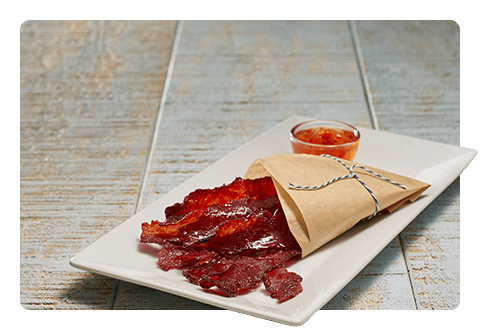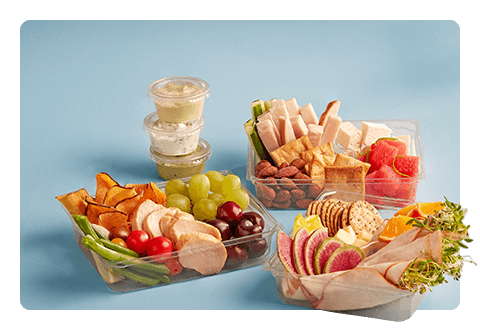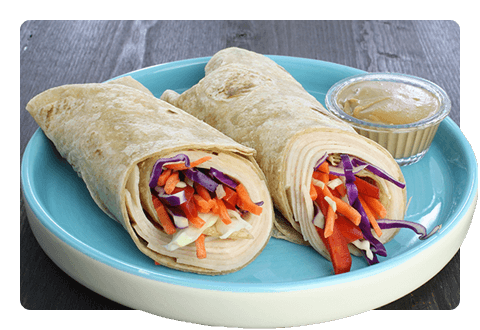Lessons from this Year’s Technomic Foodservice Planning Conference
February 2019
By Allison Pugina, Foodservice Insights Manager
I was so excited to go to this year’s Technomic Foodservice Planning Program conference in Arizona, where I attended sessions revealing both macro- and micro-level industry trends. I gained many helpful insights, which I believe will benefit our operator audience this coming year.
The overarching economic assessment was positive—but there have been noticeable slowdowns for restaurants. Competition and blurred channel lines on top of labor challenges and delivery demand have slowed sales and kept traffic growth in the red. To compound that, baby boomers and millennials don’t eat out as often and spend less overall, and Gen Z isn’t financially there yet to pick up the slack.
While these challenges will likely continue, Technomic research indicates that there’s plenty for operators to consider as they work to drive traffic and sales in 2019. Here are a few takeaways that rose to the top:
Unique Experiences – create them
Restaurant operators who can create unique experiences and Instagrammable moments for their customers will continue to win big. It’s not unusual for quick-service chains to use buzzworthy LTOs, such as Taco Bell’s Nacho Fries—although the numbers show that nothing has quite replicated the lightning effect of Starbucks’ magical 2017 Unicorn Frappuccino. One viral hit is all it takes, but knowing what will resonate with customers is the real challenge.
Unique experiences don’t have to be centered on a single social-friendly menu item. Blaze Pizza and similar fast-casual concepts are using customization and fresh food prep in open kitchens to excite millennials in particular. On the full-service side, Olive Garden is investing in labor and joining the off-premise trend to boost its standing, while Texas Roadhouse is focusing on the in-restaurant experience and earning customer loyalty. Experiential concepts such as Punch Bowl Social and Topgolf are also making waves, paving the road into the corporate event industry.
Delivery – offer it
Just four years ago, delivery was an operator’s last priority. Today, consumers don’t just want delivery—they also expect it. For some operators, delivery is competition, as third-party services, like Uber Eats and DoorDash, cut into restaurant revenue. Others see delivery as an opportunity. If chains can address concerns about labor, in-house delivery will pick up steam. This is an option well worth exploring as an increasing number of restaurants incorporate third-party delivery into their operations.
What about beyond restaurants?
There are now more diverse formats on the noncommercial side of foodservice. Higher education is driving innovation in both food and technology as ordering through mobile apps increases. For example, at The Ohio State University, a whopping 30% of orders come through mobile apps. At healthcare and senior living facilities, operators have elevated their offerings to cater to patients, residents and visitors looking for restaurant-quality flavors and dishes. Meanwhile, the travel and leisure segment is leveraging foodservice to differentiate itself as competition increases. In grocerants and convenience stores, fresher ingredients and drink-and-shop opportunities are driving traffic. There’s a lot to digest there and it’s unique by channel, but the takeaway is to leverage the captive audience and continue to innovate.
Foodservice is always evolving with new trends, and it’s important to keep up. If you’re interested in even more insights, be sure to browse our Resource Center. We’ll cover topics from bundles and new flavors to increasing check averages with add-ons and retaining and developing employees, all in an effort to help you drive growth.

